Tree Identification (4 trees)
aezarien
16 years ago
Related Stories

GARDENING GUIDESHow to Keep Your Trees Healthy
Ensure your trees’ vigor for years to come with these tips for protecting roots, watering effectively and more
Full Story
SIDE YARD IDEASNarrow Trees for Tight Garden Spaces
Boost interest in a side yard or another space-challenged area with the fragrance and color of these columnar trees
Full Story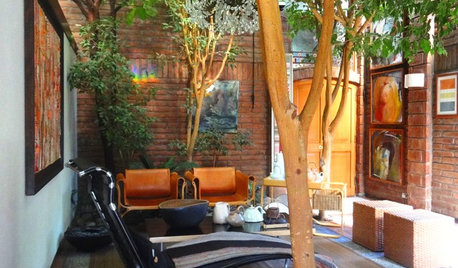
HOUZZ TOURSHouzz Tour: Eclectic Chilean Home Embraces Trees
Ficus trees star in the interior courtyard of this Santiago house, which celebrates its design history, quirks and mix of styles
Full Story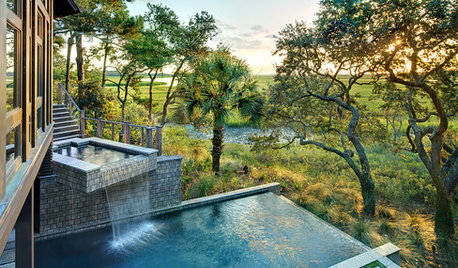
HOUZZ TOURSHouzz Tour: Tree House Living Inspires Southern Home
Embracing nature but with comforts like a hanging hot tub, this South Carolina house lets the homeowners enjoy the best of both worlds
Full Story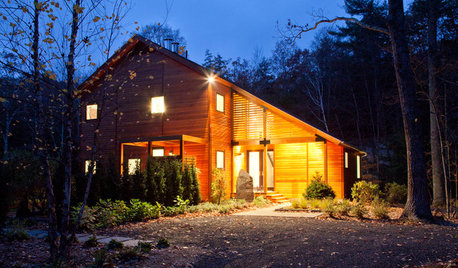
CONTEMPORARY HOMESHouzz Tour: Strong, Modern Lines Stand Up to the Trees
Modernism takes kindly to the New York woods, with double-height ceilings for openness and a burbling creek for music
Full Story
EDIBLE GARDENSHow to Add an Apple Tree to Your Edible Garden
Readily available, beautiful and fragrant, apple trees offer four-season interest along with crisp, juicy fruit
Full Story
FARM YOUR YARDIf You Have Room for Only One Fruit Tree ...
Juice up a small garden with one of these easier-care or worth-the-effort fruit trees for a mild climate
Full Story
GARDENING GUIDESHow to Keep Your Citrus Trees Well Fed and Healthy
Ripe for some citrus fertilizer know-how? This mini guide will help your lemon, orange and grapefruit trees flourish
Full Story
EDIBLE GARDENSHow to Grow 10 Favorite Fruit Trees at Home
Plant a mini orchard in fall, winter or early spring to enjoy fresh-off-the-tree fruit the following year
Full StoryMore Discussions






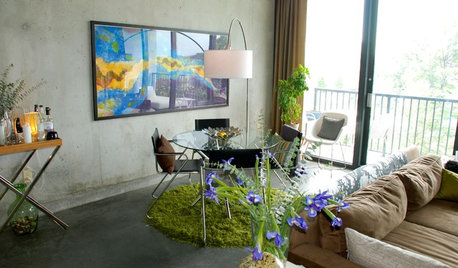

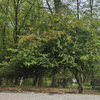
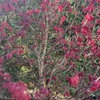
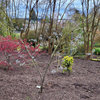
Iris GW
alabamatreehugger 8b SW Alabama
Related Professionals
Ballenger Creek Landscape Architects & Landscape Designers · Kapaa Landscape Architects & Landscape Designers · Westwood Landscape Contractors · Milton Landscape Contractors · New Baltimore Landscape Contractors · The Villages Landscape Contractors · Tinton Falls Landscape Contractors · Whittier Landscape Contractors · Boston Siding & Exteriors · Wayne Siding & Exteriors · Lebanon Decks, Patios & Outdoor Enclosures · Tooele Decks, Patios & Outdoor Enclosures · Waukesha Decks, Patios & Outdoor Enclosures · Wentzville Decks, Patios & Outdoor Enclosures · Wildomar Decks, Patios & Outdoor EnclosuresaezarienOriginal Author
kman04
kman04
aezarienOriginal Author
pineresin
kman04
kman04
aezarienOriginal Author
aezarienOriginal Author
wisconsitom
aezarienOriginal Author